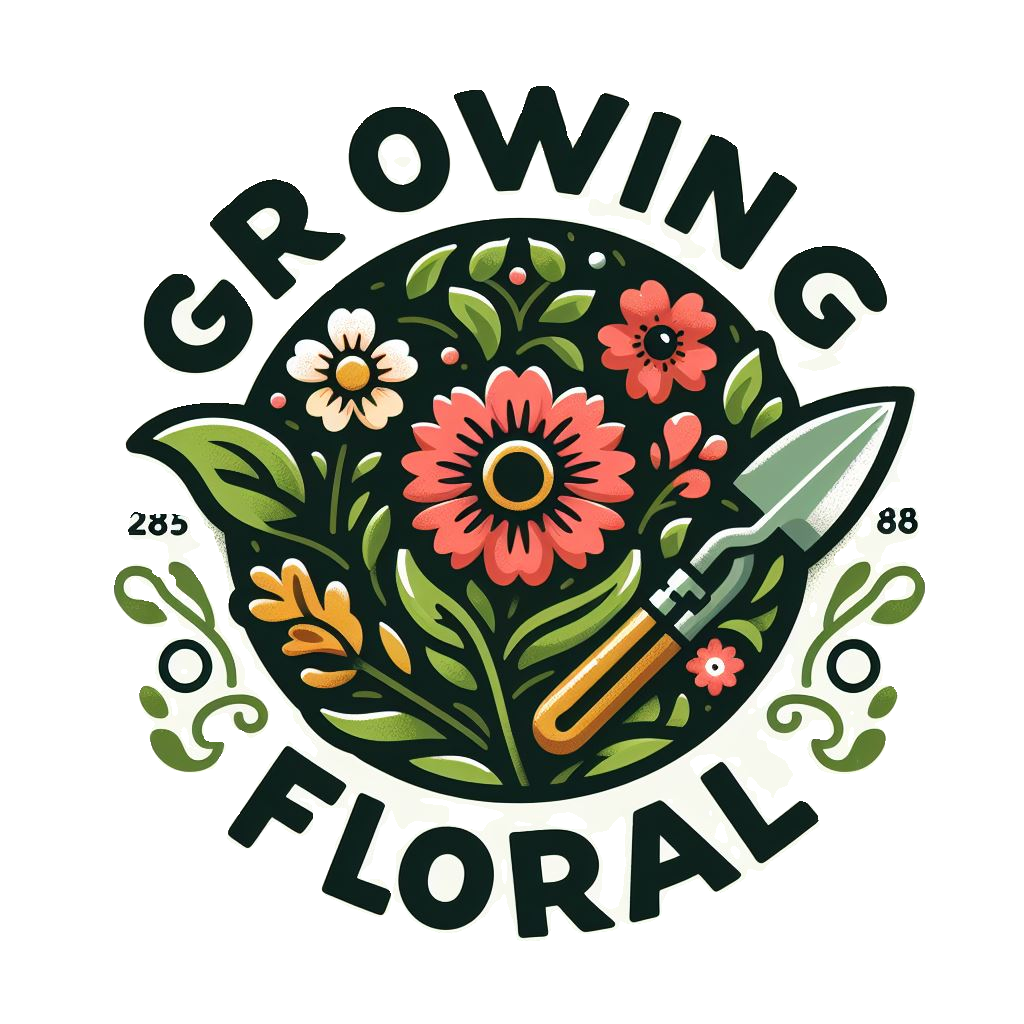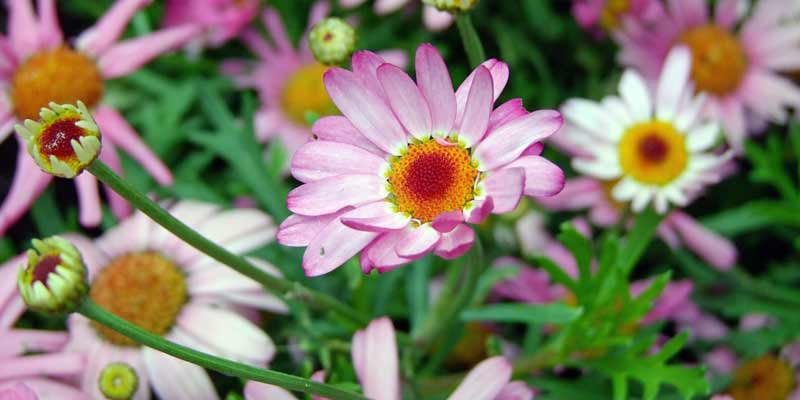Within the realm of gardening, daisies: symbols of simplicity, beauty, and charm; truly stand out. Their cheerful blooms—captivating hearts not only of gardeners but also nature enthusiasts worldwide—and unassuming demeanor paint a picturesque scene. Nevertheless, despite their apparent ease and grace, one question persists: do daisies pose maintenance challenges?
In this article, we embark on a journey: we explore the maintenance requirements of daisies in garden settings; simultaneously, we unravel the secrets–the enduring popularity and appeal–behind these charming blooms.
Understanding Daisies
The Asteraceae family includes daisies, a diverse group of flowering plants known for their distinctive white petals that radiate around a bright yellow center; indeed, these plants are quite charming. Among them is the common daisy – Bellis perennis: arguably one of the most recognizable varieties.
However, numerous species and cultivars exist with each contributing its unique flair to gardens and landscapes–a testament to their versatility in adding beauty wherever they bloom.
Daisies, native to Europe and Asia, flourish in temperate climates that offer well-drained soil and abundant sunlight. Their adaptability—coupled with resilience—renders them appropriate for an array of garden settings: from cottage gardens – endowed with a touch of rustic charm; to formal landscapes – where precision reigns supreme.
Typically cultivated as perennials – these flowers regenerate annually; requiring minimal intervention yet bestowing continual beauty upon their environment.
The Appeal of Daisies
The inherent simplicity and versatility of daisies distinguish them from other garden flowers. Daisies, unlike high-maintenance blooms that require meticulous care and attention, radiate a carefree charm appealing to all levels of gardeners. Several factors contribute to their enduring popularity:
Blooming Period
Daisies, with their ability to produce an abundance of flowers over a prolonged blooming period – often from late spring through early autumn – ensure the garden boasts continuous color and vitality.
Drought Tolerance
Daisies, once established, exhibit relative drought tolerance, an advantageous trait for regions grappling with limited water availability. Although the benefits of regular watering manifest during dry spells; daisies can endure brief periods of drought, without any noteworthy decline in health or vigor.
Various Soil Types
Daisies demonstrate remarkable tolerance for an extensive array of soil types; these encompass loam, clay, and even sandy soils. Provided with well-drained and moderately fertile ground, daisies flourish in an assortment of growing conditions.
Pest Resistance
Compared to more delicate garden flowers, daisies exhibit relatively minimal pest and disease issues; they stand out with their inherent resistance. Although we may encounter occasional infestations or fungal infections, typically manageable through cultural practices and non-toxic treatments, and this resilience remains steadfast.
Natural Spreading
Daisies, with their innate propensity to naturalize and spread gradually, form picturesque colonies that charm like wildflower meadows; they self-sow and propagate effectively – a feature ensuring a self-sustaining garden population as time progresses.
Maintenance Considerations
Daisies, epitomizing low-maintenance gardening, can achieve enhanced performance and longevity in garden settings through certain optimizations:
Sunlight
Daisies thrive in full sun to partial shade, with robust growth and prolific flowering requiring a minimum of 6 hours of exposure to sunlight daily. Strong stems, vibrant blooms, and overall plant vigor all result from adequate sunlight.
Soil
Good soil drainage proves essential to daisies, preventing waterlogged conditions that trigger root rot and other moisture-related problems. When we incorporate organic matter, like compost or aged manure into the soil; this not only enhances its structure but also improves overall drainage: a critical factor for the healthy growth of these flowers.
Moderate Watering
Once established, daisies demonstrate a degree of drought tolerance; however, they still thrive with consistent hydration during prolonged dry spells–this is particularly true for those in containers or recently transplanted. Deep and infrequent watering not only fosters deep root growth but also bolsters their ability to endure periods of water stress.
Deadheading Spent Flowers
The practice known as deadheading involves the removal of faded blooms; this action not only stimulates continuous flowering but also averts seed head formation. By redirecting its energy towards new flower production, deadheading extends and enhances the plant’s blooming season—an approach that significantly elevates aesthetic appeal.
Division and Propagation
Every few years, we rejuvenate daisy clumps and prevent overcrowding through periodic division. In early spring or fall, when better root development is possible dividing daisies promotes vigorous growth in newly established divisions.
Mulch
Applying a layer of organic mulch around daisies—this method conserves soil moisture, suppresses weed growth, and moderates soil temperature fluctuations; moreover, it enriches the growing environment for our beloved flowers by adding nutrients through decomposition that enhance their overall vitality.
Tall Varieties Support
Staking or providing support benefits certain daisy cultivars, especially taller varieties like Shasta daisies (Leucanthemum x superbum), by averting flopping and preserving their upright habit. To bolster sprawling stems and forestall lodging, one can employ bamboo stakes or decorative supports.
Conclusion
Daisies, emerging as enduring symbols of simplicity, resilience, and natural beauty in the garden flower tapestry, offer an effortless grace. Their minimal maintenance requirements make them cherished additions to gardens – regardless of size or style. Although they do not require meticulous care like more finicky blooms; daisies bestow upon their cultivators a profusion of cheerful flowers—a tranquility that transcends seasons.
We, as garden stewards, derive solace and inspiration from daisies’ timeless allure. Nurturing their growth–celebrating their enduring legacy: in this embrace of daisies lies a profound joy; it is akin to cultivating a living canvas that blooms with each passing season—an ever-present reminder of nature’s simplest treasures’ enduring splendor.



Leave a Reply